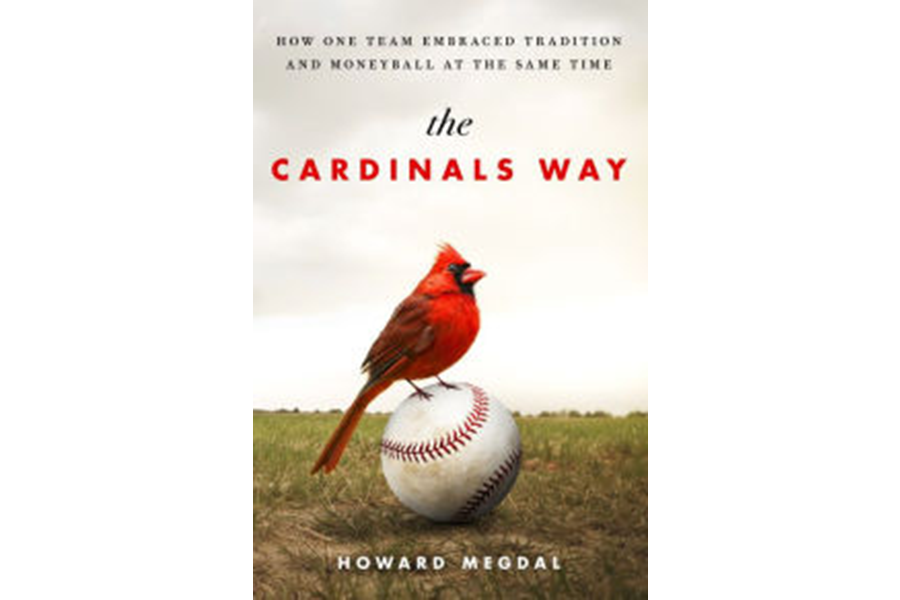St. Louis has a reputation as perhaps the best baseball city in America, with a huge following of knowledgeable and loyal fans. Of course, the Cardinals organization deserves credit for holding up its end of the bargain by producing contending teams probably more consistently than any other major-league organization. How they accomplish this is the focus of “The Cardinals Way,” which takes an in-depth look at the club’s methods of consistently identifying and developing promising young players. Part of its template for remaining a model franchise is in fusing the old with the new, marrying old-school scouting with new-age statistical analytics. In this hybridized way, the Cardinals continue to restock their roster with a seemingly bottomless pool of talent groomed in their own farm system.
Here’s an excerpt from The Cardinals Way:
“Nearly fifty area players gathered on the main field at Roger Dean Stadium [in Jupiter, Fla.] early Tuesday morning. This was the final chance for the Cardinals to ask questions and to observe, and for each player, it was the final chance to make an impression on the group of scouts and [former director of scouting Dan] Kantrovitz, all of whom had been tracking the prospects for a year, often longer.
“Charlie Gonzalez was utterly in his element. Gonzalez’s red complexion, honed through years in Florida sunshine on surfboards and in stands at baseball games, actually paled in comparison to his bright red, button-down shirt, Gonzalez protected from that sun by a tan panama hat.
“He seemed to be moving in every direction at once, lining up the would-be shortstops to make the throws from various distances at the position, along with the few second basemen.”







